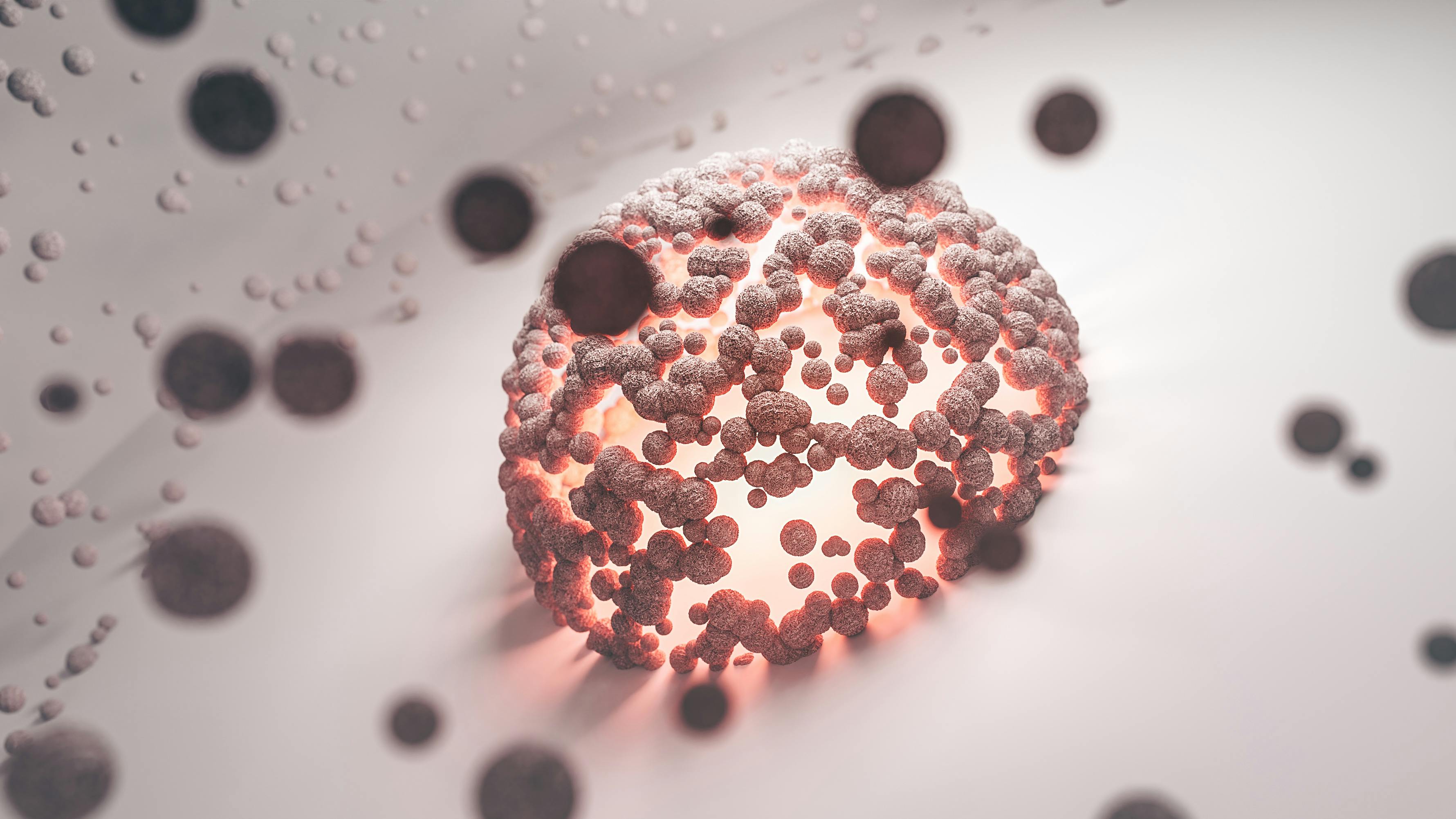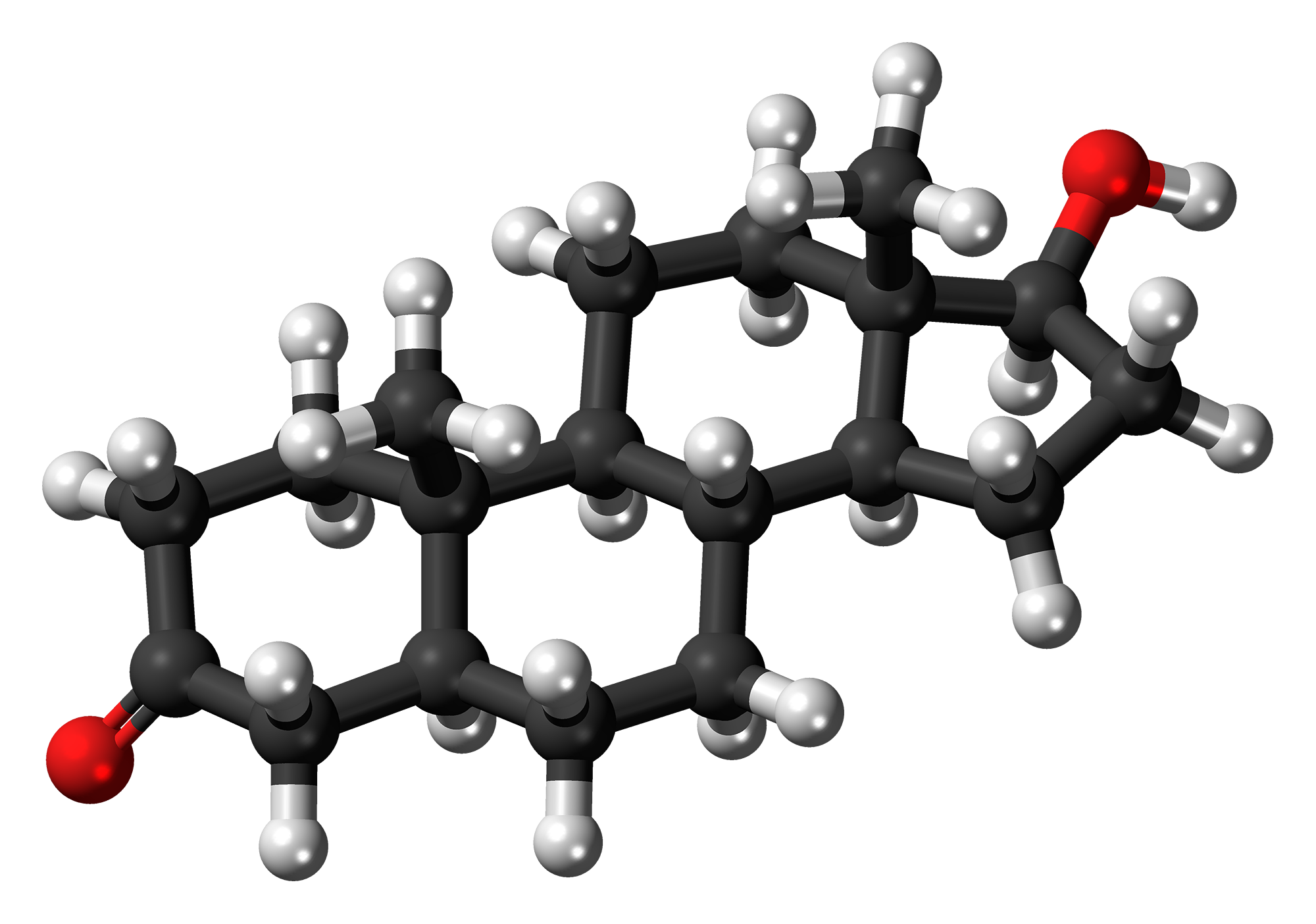8 Surprising New Reasons Men Are Losing Their Hair
Hair loss, medically termed alopecia, is a phenomenon that affects millions of men worldwide, often leading to emotional and psychological distress. While it is a common issue, the journey through understanding alopecia is layered with myths, truths, and surprising insights. This exploration delves into eight unexpected facets of hair loss in men, aiming to provide a comprehensive understanding of its causes, implications, and possible solutions. From genetic predispositions to lifestyle factors, this article unravels the complex tapestry of alopecia, offering clarity and knowledge to those navigating this path.
The Genetic Blueprint: Inherited Traits and Hair Loss

The most well-known cause of male pattern baldness is genetics, often passed down from either parent. Research has shown that androgenetic alopecia, the technical term for hereditary hair loss, is influenced by a combination of genetic factors. The androgen receptor gene, located on the X chromosome, plays a significant role, which is why maternal lineage is often scrutinized. However, recent studies suggest that paternal genes are equally influential. Understanding the genetic foundation of hair loss can help in early diagnosis and personalized treatment plans, offering hope to those affected by this hereditary condition.
Hormonal Havoc: The Role of Dihydrotestosterone (DHT)

Hormones are powerful regulators of bodily functions, and their imbalance can lead to hair loss. Dihydrotestosterone (DHT), a derivative of testosterone, is a key player in male pattern baldness. DHT binds to receptors in hair follicles, causing them to shrink and eventually cease producing hair. This process, known as miniaturization, is gradual but relentless. Treatments targeting DHT, such as finasteride, aim to inhibit its production and mitigate hair loss. Understanding the hormonal dynamics at play offers a pathway to effective interventions and highlights the importance of hormonal balance in maintaining hair health.
Stress and Strands: The Psychological Impact on Hair

While genetics and hormones are primary culprits, stress is an often-overlooked trigger of hair loss. Chronic stress elevates cortisol levels, which can disrupt the hair growth cycle, leading to conditions like telogen effluvium. This condition causes hair follicles to prematurely enter the resting phase, resulting in noticeable shedding. The psychological burden of hair loss can further exacerbate stress, creating a vicious cycle. Addressing stress through mindfulness, therapy, and lifestyle changes can not only improve overall well-being but also contribute to healthier hair. Recognizing the mind-body connection is crucial in understanding and managing alopecia.
Nutritional Deficiencies: The Diet-Hair Connection

Diet plays a pivotal role in hair health, and nutritional deficiencies can exacerbate hair loss. Essential nutrients like iron, zinc, and vitamins A and D are vital for maintaining robust hair growth. Iron deficiency, in particular, is linked to hair thinning, as it impairs oxygen delivery to hair follicles. Similarly, inadequate protein intake can weaken hair structure, leading to breakage. Incorporating a balanced diet rich in these nutrients can bolster hair strength and vitality. Understanding the diet-hair connection underscores the importance of nutrition in preventing and managing hair loss.
Environmental Exposures: The Hidden Threats

Environmental factors, such as pollution and UV radiation, can also contribute to hair loss. Pollutants in the air can accumulate on the scalp, causing inflammation and oxidative stress, which damage hair follicles. UV radiation, on the other hand, can weaken the hair shaft and alter its structure. Protective measures, such as wearing hats and using hair products with UV filters, can mitigate these effects. This insight into environmental impacts highlights the need for proactive care and awareness of external factors that can silently affect hair health.
Medical Conditions: The Underlying Culprits

Certain medical conditions can precipitate hair loss, often serving as early indicators of underlying health issues. Conditions such as thyroid disorders, autoimmune diseases like lupus, and scalp infections can disrupt the hair growth cycle. Alopecia areata, an autoimmune condition, specifically targets hair follicles, leading to patchy hair loss. Recognizing these medical connections is crucial for accurate diagnosis and treatment. It emphasizes the importance of viewing hair loss not just as a cosmetic concern but as a potential sign of deeper health problems.
Innovative Treatments: The Future of Hair Restoration

Advancements in medical science have paved the way for innovative hair restoration treatments. Beyond traditional methods like minoxidil and finasteride, new therapies such as platelet-rich plasma (PRP) and low-level laser therapy (LLLT) are gaining traction. PRP involves injecting concentrated platelets to stimulate hair growth, while LLLT uses light energy to enhance cellular activity in hair follicles. Emerging research into stem cell therapy also holds promise for future breakthroughs. These innovations offer hope to those seeking effective solutions, underscoring the dynamic nature of hair restoration science.
Embracing Change: Psychological Resilience and Acceptance

While exploring treatments is essential, embracing hair loss with resilience and acceptance is equally important. Societal perceptions of hair and masculinity can exacerbate the emotional impact of alopecia. However, many men find empowerment in accepting their changing appearance, often choosing to shave their heads or adopt new styles. Psychological support, whether through counseling or support groups, can aid in this journey. Emphasizing self-worth beyond physical appearance fosters a positive outlook, highlighting that true confidence stems from within. This final insight encourages a holistic approach to navigating the path of hair loss.